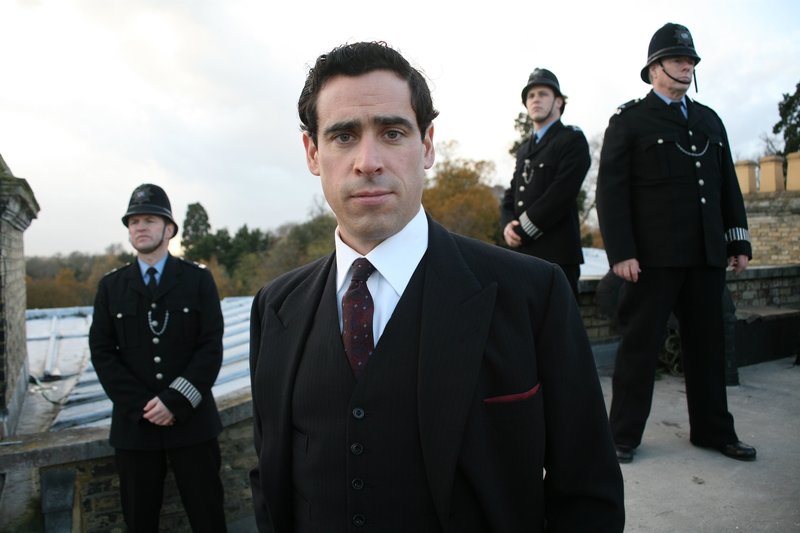

We spend our lives cycling through the same 66 Christie mysteries the way devout readers cycle through the 66 books of the biblical canon. We are on familiar terms with every murderer and red herring, and in the absence of suspense, we can afford to savor every page. We are not on tenterhooks to find out whodunit. If, as sometimes happens, I start reading one and find after a few pages that I have read it before, I cannot go on.”įor Christie fans like me, rereading is the point. Auden’s famous essay on detective stories begins “For me, as for many others, the reading of detective stories is an addiction like tobacco or alcohol.” However, for Auden the fix can’t be a familiar one: “I forget the story as soon as I have finished it, and have no wish to read it again. What makes it unsatisfying as a work of detection paradoxically makes it excellent as a case study of why one might read mystery novels-and, more to the point, why one might reread them. Christie’s more streamlined Art Deco style of the 1920s and ’30s yields here to the expansive nonchalance of a late-career writer whose sales figures were on track to rival those of Shakespeare and God. Though Miss Marple is present, she has little to do beyond eating muffins and shopping for tea towels-or, as she calls them, “glass cloths.”īut I have been rereading Agatha Christie for decades, and I have a special admiration for At Bertram’s Hotel. Its one murder takes place almost three-quarters of the way through the book, and it is solved more through intuition than detection. Unlike Agatha Christie’s best known novels, At Bertram’s Hotel (1965) barely has a plot.


 0 kommentar(er)
0 kommentar(er)
